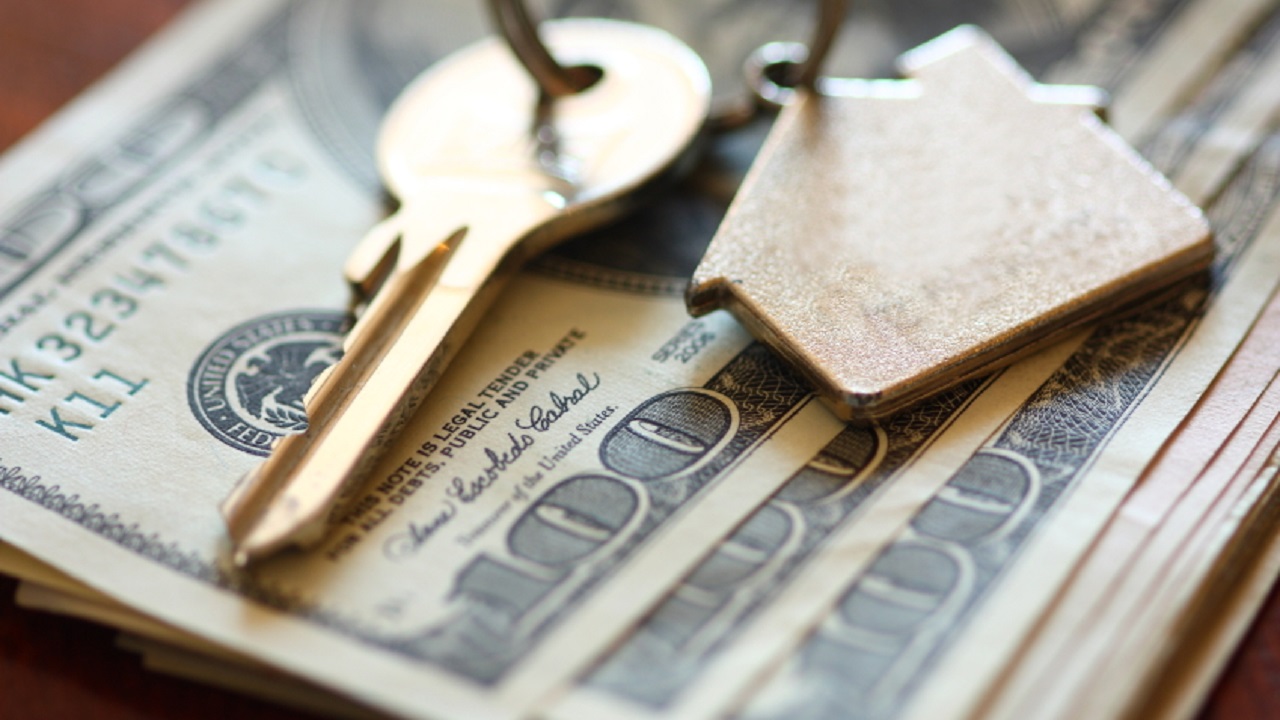A senior’s primary residence is one of the biggest assets they are allowed to own and still qualify for Medicaid long-term care.
In 2021, a Medicaid applicant’s primary residence is considered a non-countable asset if their equity value in the home (fair market value minus debts if owned singly) does not exceed $603,000. Some states use higher equity value limits up to $906,000, while Medi-Cal, California’s Medicaid program does not impose a maximum value limit. In addition, if an applicant’s spouse or dependent child continues to live in the house, it will be exempt regardless of its value. (You can read more about specific Medicaid rules for real property and other assets here.) Furthermore, if the “well” or “community” spouse remains in the home, Medicaid’s spend-down rules for spousal impoverishment protection should ensure they are able to retain sufficient income and resources to cover the costs of homeownership and community living.
Single Medicaid Beneficiaries Can’t Afford Ongoing Costs of Home Ownership
But what if an applicant is not married, successfully applies for Medicaid and moves into a nursing home? What happens to their empty house? Who pays for ongoing costs associated with the property? Does the family just walk away and let it go into foreclosure?
Medicaid rules and the answers to these questions are complex. However, one thing is certain: the Medicaid beneficiary usually isn’t the one covering these expenses for their primary residence. To begin with, the general asset limit in most states is only $2,000 and the hard income limit for a single Medicaid applicant in 2021 is $2,382 per month. From there, the rule is that a long-term care Medicaid beneficiary must contribute almost all of their income (minus a small personal needs allowance that ranges from $30 to $200 depending on the state) to the cost of their care and then Medicaid will cover the difference. By definition, a senior who qualifies for Medicaid does not have the funds to continue paying the carrying costs for their home, even they own it outright. However, there are some options for ensuring these bills get paid.
Home Maintenance Allowance for Short-Term Nursing Home Stays
There is an exception for the first six months an elder is in a nursing home. If the Medicaid beneficiary expresses an intent to return home (typically through a statement or affidavit signed by them, a relative or their legal representative) and their physician certifies there is a reasonable expectation that they will be able to do so within this period of time, federal rules permit the deduction of a limited amount income each month for a home maintenance allowance (also called a home maintenance deduction). Instead of this income being used to help cover the cost of a beneficiary’s care, it is used to pay for certain home-related expenses, such as mortgage payments, utilities, property taxes, upkeep and homeowners insurance.
Covering Costs of Home Ownership During Long-Term Nursing Home Stays
If this sixth-month period ends without the beneficiary being discharged back to their home, there are several options to consider. The most common solution is for family members to pay these bills to protect this asset that they hope and expect will eventually pass to them following the homeowner’s death. Accurate records documenting who paid what and when are very important in this situation. Should family members inherit the house as planned, everyone's share can be adjusted fairly based on what they paid in during the late homeowner’s lifetime.
Another option is for the family to rent the house to generate income that will cover its expenses. This is often a good idea if family members simply do not have the cash to pay monthly costs out of pocket or the time/ability to regularly check on and maintain the property. Just be sure that rental income from the home won’t put the beneficiary over the Medicaid income limit and jeopardize their benefits.
A local property management company should be used to find renters, collect rent, and handle routine and emergency maintenance issues. In truth, do not be overly concerned about the cost of hiring such a company. All of the net income from renting the house simply goes to the nursing home anyway, which saves the Medicaid program money, not the family! Since the goal is simply to cover the carrying costs of the house, not make a profit, it would be better to charge a little less rent if that ensures a responsible tenant (as long as the rate is a fair market value for the home and its location).
Beware of Medicaid Estate Recovery
Keep in mind that each state’s specific Medicaid rules vary. Proper Medicaid and estate planning is crucial not only for ensuring a senior qualifies for nursing home coverage but also that their primary residence passes directly to their heir/heirs. When a senior only uses a will to make this bequest, then their home will go through the probate process, leaving it vulnerable to creditors including the Medicaid Estate Recovery Program (MERP). If the home is subject to estate recovery, then it may be sold to satisfy the outlays Medicaid made for the late homeowner’s nursing home care. The heir(s) would only receive the remaining proceeds of the sale (if there are any) after Medicaid has been reimbursed. Therefore, in cases where it is clear that a beneficiary’s home will be subject to MERP and sold, there is little point in family members spending their time and money to maintain and/or rent it.
Working with a reputable elder law attorney in anticipation of needing Medicaid is the best way to plan legally and financially for this possibility. Not only will it give the entire family invaluable peace of mind, but it will also ensure they are able to protect as much of the applicant’s income and assets as possible while avoiding costly mistakes.

